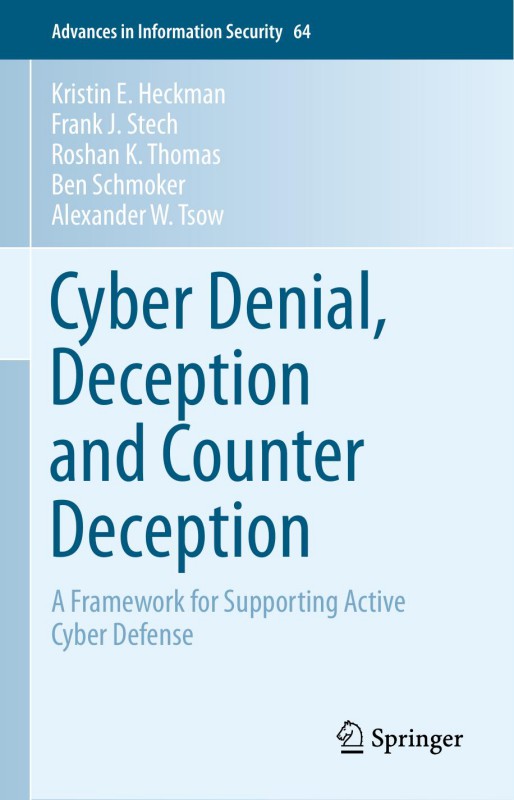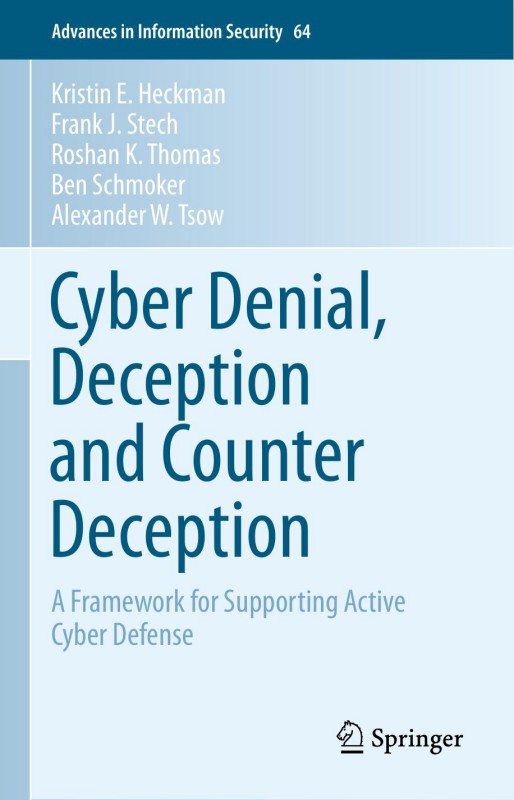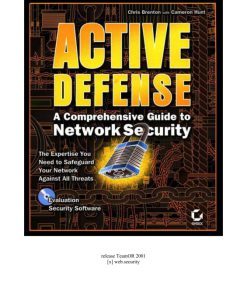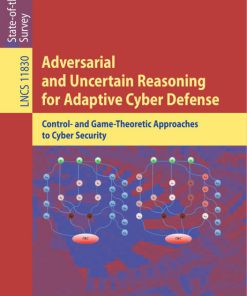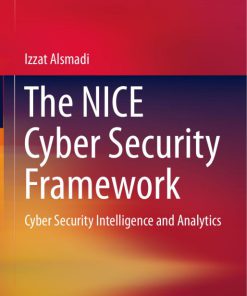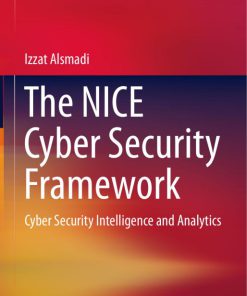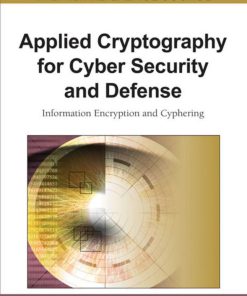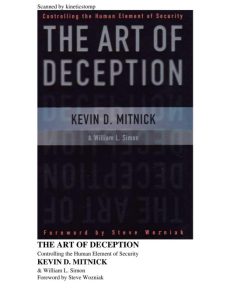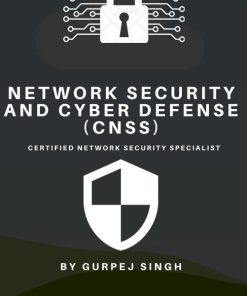Cyber Denial Deception and Counter Deception A Framework for Supporting Active Cyber Defense 1st edition by Kristin Heckman, Frank Stech 9783319251332 3319251333
Original price was: $50.00.$25.00Current price is: $25.00.
Authors:Kristin E. Heckman; Frank J. Stech; Roshan K. Thomas; Ben Schmoker; Alexander W. Tsow , Series:Cyber Security [120] , Tags:Computers; Security; General; Information Technology; Language Arts & Disciplines; Library & Information Science; System Administration; Storage & Retrieval , Author sort:Heckman, Kristin E. & Stech, Frank J. & Thomas, Roshan K. & Schmoker, Ben & Tsow, Alexander W. , Ids:Google; 9783319251332 , Languages:Languages:eng , Published:Published:Nov 2015 , Publisher:Springer , Comments:Comments:This book presents the first reference exposition of the Cyber-Deception Chain: a flexible planning and execution framework for creating tactical, operational, or strategic deceptions. This methodology bridges the gap between the current uncoordinated patchwork of tactical denial and deception (D&D) techniques and their orchestration in service of an organization’s mission. Concepts for cyber- D&D planning operations and management are detailed within the larger organizational, business, and cyber defense context. It examines the necessity of a comprehensive, active cyber denial scheme. The authors explain the organizational implications of integrating D&D with a legacy cyber strategy, and discuss trade-offs, maturity models, and lifecycle management. Chapters present the primary challenges in using deception as part of a security strategy, and guides users through the steps to overcome common obstacles. Both revealing and concealing fact and fiction have a critical role in securing private information. Detailed case studies are included. Cyber Denial, Deception and Counter Deception is designed as a reference for professionals, researchers and government employees working in cybersecurity. Advanced-level students in computer science focused on security will also find this book useful as a reference or secondary text book.

